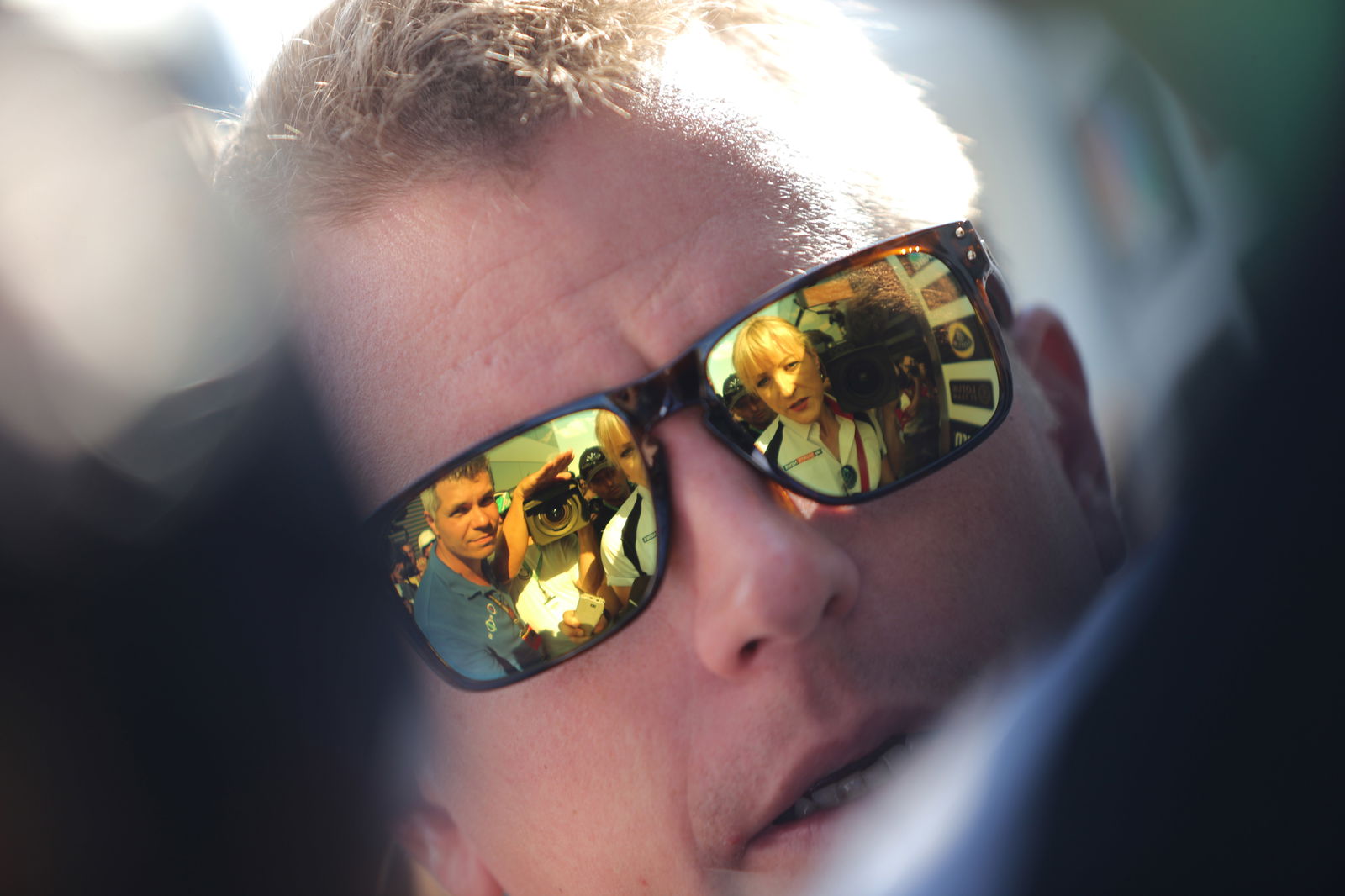Ferrari 'back at the cutting edge' in F1

Technical director James Allison says he is sure that Ferrari has returned to the 'cutting edge' of F1 thanks to the work carried out to improve both its technical team and its Maranello wind-tunnel over the past twelve months.
The Scuderia had been forced to make use of Toyota's wind tunnel in Cologne while work was ongoing on its own facility, where a series of issues had been uncovered.
Alongside that work, Ferrari has brought in a number of new staff members to boost its aerodynamic team and Allison said he felt sure that the team would reap the benefits over the year ahead.
"Aerodynamics remains the lifeblood of a modern Formula 1 car," he said. "It's impossible to be competitive without having the right tools and adequate resources: now we can say we have moved on from being maybe the fourth or fifth team in terms of the tools we have, to once again being at the cutting edge and everything is in place to open up a new Ferrari era.
"It's true that the influence of the power unit on overall performance of the car will be much greater than in the recent past. From when, in 2007, the freeze on engine development took hold and performance levels converged, it's clear that its influence on the pecking order got ever smaller, while aerodynamics grew in importance. In the years leading up to that point, that wasn't the case: I can well remember how important the engine was in terms of Ferrari's successes in the first half of the Noughties. Now we will witness a re-balancing, although aerodynamics will still be a key factor."
Allison joined Ferrari in the summer having left Lotus earlier in the year, but he insisted that he hadn't been focused on the team's new car and had instead worked to ensure that the team was in the right position for the year ahead.
"I definitely haven't spent time going into the details of the design of the new car, as it wouldn't make any sense at this stage," he said. "Rather, I concentrated on trying to direct adequate resources and on putting the best people in the right places to optimise attention to detail.
"Actually, when you tackle a regulation change like this one, it's not something you only start thinking about six months beforehand. When I arrived in Maranello, work on the project had been on going for two years. I tried to immerse myself in its philosophy and adapt to the team as quickly as possible.
"Having said that, what you could call my active role in the design of the car involves working identifying the areas on which maybe we should push harder and concentrate more effort."

